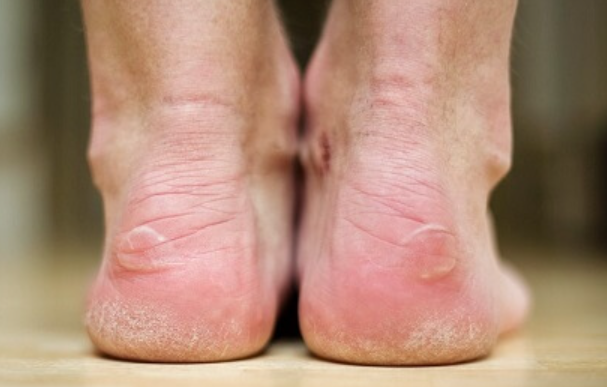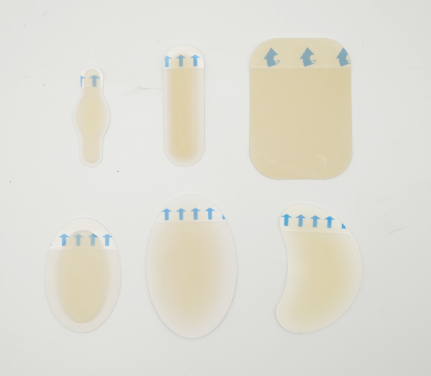Plantar blisters are one of the common foot problems that usually occur after exercising or walking for a long time. Blisters are caused by friction between the muscles and skin of the foot, causing damage to the skin and tissue, causing the blisters. If the blisters are not treated properly, they can cause infections or other health problems. In this article, we discuss the symptoms of plantar blisters, how to treat them, and how to prevent them.
The reasons for blisters on the soles of the feet are as follows:
The skin and tissue on the soles of the feet are susceptible to friction and pressure. There are many bones and muscles on the soles of the feet, and if you wear ill-fitting shoes while walking, running, or climbing, these muscles and bones can experience excessive stress and friction, leading to blisters.
The skin on the soles of the feet is thin and lacks fat and sweat glands, making it susceptible to friction and irritation. If you wear non-breathable shoes, the skin on the soles of your feet becomes susceptible to sweat and bacteria, which can lead to blisters.
The generation of blisters is also related to the individual's physiological characteristics and exercise habits. Some people have plump plantar muscles or incorrect walking posture, which will cause excessive friction and pressure on the skin on the soles of the feet, which will easily cause blisters.
In order to avoid blisters on the soles of the feet, it is recommended to choose suitable shoes and sports equipment, pay attention to warm-up and stretching before exercise, avoid continuous high-intensity exercise for a long time, and soak your feet in warm water in time after exercise to relieve fatigue and prevent Blister generation.
symptom:
Symptoms of plantar blisters include foot pain, itching, swelling, and red skin. Blisters usually appear in the center of the sole of the foot and are accompanied by pain and discomfort. If the blister bursts, it could cause infection or other health problems.
Approach:
Vesicles with a diameter of less than 5 mm:
No need to pop, just keep dry, and when dealing with plantar blisters, keep your feet dry first. Use a clean towel to dry your feet gently, but don't rub too hard. Then use a topical application, such as petroleum jelly, to protect the skin and relieve pain.
To avoid re-injury, you can also put blister plaster on the skin. It has strong wear-resistant properties and can protect the skin well to avoid re-injury to the skin.
Vesicles with a diameter greater than 5 mm:
First, use povidone-iodine for local disinfection of the blisters, and then use a disposable blood sugar needle to puncture the edge of the blisters, release the liquid inside the blister plaster, and stick it on the blisters, which can provide a slightly acidic space for the wound that is conducive to wound healing, can also prevent the invasion of foreign microorganisms, reduce the chance of wound infection,
If a plantar blister ruptures or develops symptoms such as infection, it is recommended to seek medical attention in time to avoid worsening the problem. At the same time, you can also use some pedicure creams containing anti-inflammatory and analgesic ingredients to relieve pain and discomfort.
For more information on Innomed® blister plaster, refer to the previous articles. If you have customized needs, you are welcome to contact us; we will serve you wholeheartedly. At Longterm Medical, we transform this data by innovating and developing products that make life easier for those who need loving care.
Editor: kiki Jia
Date: April 24, 2023

 English
English عربى
عربى Español
Español русский
русский 中文简体
中文简体








